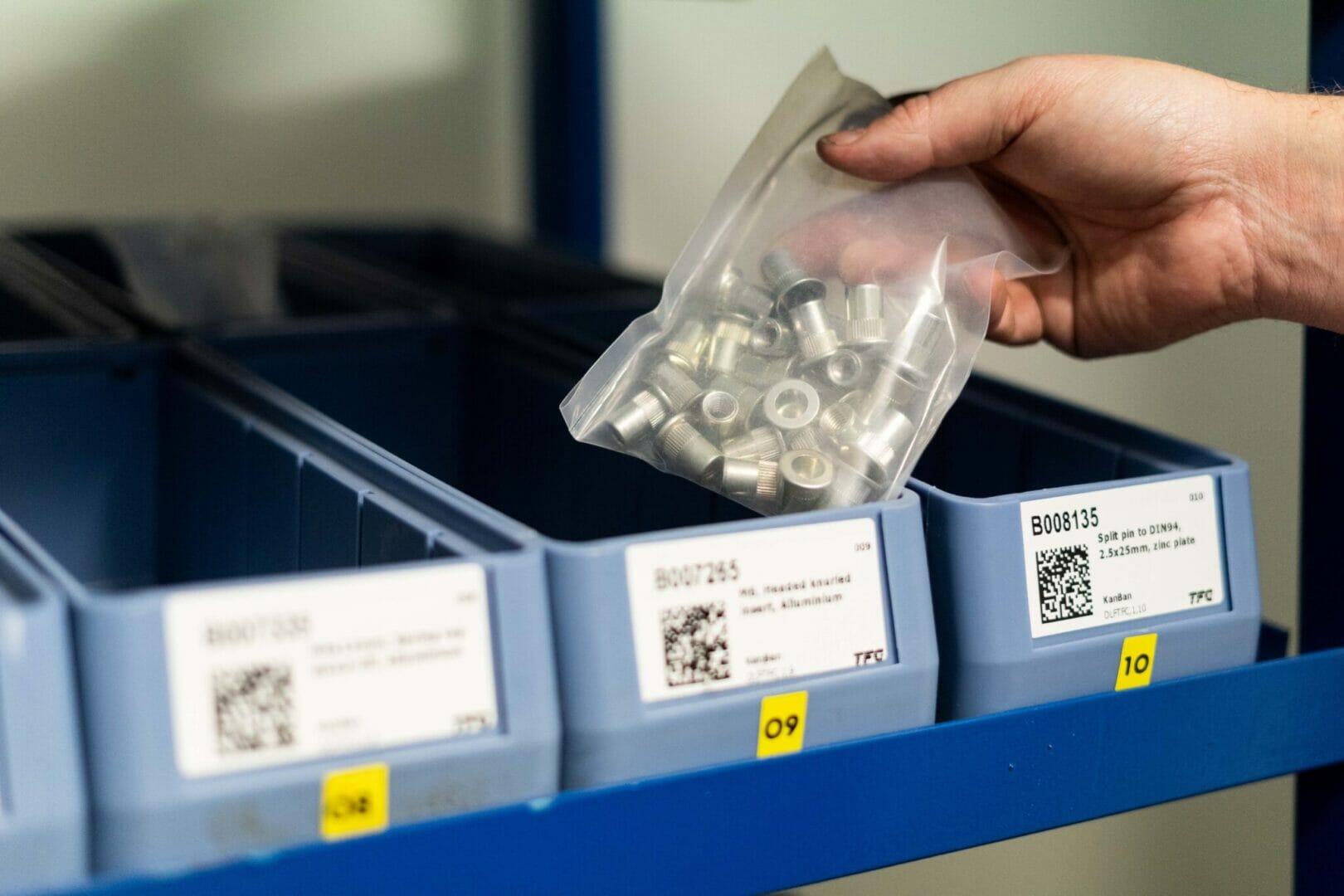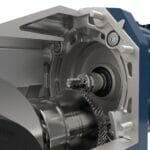~ How the manufacturing industry will adapt to the new world ~
While the word manufacturing has come to incorporate a number of automated processes in factories, the root of the word comes from the Latin manu factura — making by hand. Manufacturing businesses are using more technology than ever before, but in most facilities manual handling is essential at some point in the process — whether that is during the delivery of materials, processing or packaging. Here Chris Billinge, business development director at TFC, a leading provider of vendor managed inventory services, discusses how the manufacturing industry can handle products and equipment safely following the pandemic.
The coronavirus pandemic has meant all businesses have had to rapidly develop new ways of working. As manufacturers begin to resume operations out of lockdown, they are returning to a new world — one where social distancing is the norm and everyone must take care in their interactions with others.
Duncan Brock, group director at the Chartered Institute of Procurement and Supply (CIPS), said: “Worries over safety for returning staff and repairs to broken supply chains will be uppermost in business minds and are obstacles to be overcome before real recovery can begin.” So how can manufacturers help staff return safely, while getting production back on track?
A change in behaviour
The way manufacturers interact with their colleagues, customers and suppliers is now dramatically different. From the small things like handshakes and greetings, to the decrease in physical and increase in virtual interactions, we are no longer able to build relationships in the same way.
As staff return to the workplace, manufacturers will have to change how they build trust — sales teams, for example, will have to build personal connections, without a physical presence. Many situations that would previously have called for people to meet face-to-face will continue online for months and maybe years to come.
The physical world
Because manufacturing deals with physical products, there are, of course, practical considerations, particularly where there is still a need for a person to attend a manufacturing site. From the installation of new technology, to the delivery of materials and the maintenance of equipment, we still require physical handling for many tasks. In TFC’s case, we supply physical bins to manage and monitor the flow of material — for this to happen, products have to be touched.
In cases where physical handling is unavoidable, all manual tasks now need to be done with the utmost attention to hygiene. This will mean new ways of installing equipment, handling deliveries and performing maintenance, to limit the number of pairs of hands and personal interaction involved.
A driver for flexibility
Manufacturers will therefore require new levels of flexibility from suppliers, who will have to adapt to each site’s rules and each business’ needs. If a third party attends a manufacturing site where rules are not well established, it can take the lead, taking responsibility for performing the work safely.
Working practices are certain to change. We may see a rise in the number of overnight installations of new equipment, as this is a simple but effective way to reduce the number of people crossing paths. For the same reason, we are likely to see a rise in modular construction and pre-assembly, rather than on-site.
Is technology the answer?
Just as technology means we can move our meetings into the digital world, it will be a key enabler for installation and maintenance going forward. Before the pandemic, a report by the Boston Consulting group (BCG) suggested that Britain could use technology to increase industrial efficiency by up to 25 per cent, seeing manufacturing sector growth of up to three per cent per year. Now, there is an even greater need.
There are numerous examples where technology will be a vital bridge between companies when designing and delivering new technology and systems to manufacturers. For example, TFC previously attended the manufacturing facilities of new customers for a site survey, so the team could assess material flow and learn about the needs of the business. The information would be used to design a VMI system, with the team then returning to the site to implement it. A new way of working is to use video technology to be virtually present, so manufacturers could walk us through their sites virtually and outside of typical working hours, without our team stepping through the door.
Virtual reality was already growing in popularity in engineering applications and could be a key tool for manufacturers looking to reduce the number of people on site for design, training, and maintenance purposes. Similarly, augmented reality technology could help manufacturers and technology providers to see how an installation will fit alongside current operations. There is also potential for digital twinning technology, where physical assets are mapped digitally and updated in real time, to give manufacturers more visibility without attending a site.
It would be a logical conclusion to draw that a reduction of human handling could mean an increase in the use of robots. The benefit of robotics in materials handling or processing are well established, but manufacturers typically grapple with return on investment. However, robots have long been used in harsh environments to improve safety — in our new world, robots may be another option to help staff avoid the invisible viral enemy.
While the Latin meaning describes manufacturing’s origins as a completely manual process, it could be technology that helps to overcome our obstacles as we re-enter the workplace after lockdown. However, it is in people, relationships, and trust that our industry will flourish. As manufacturers move many of their interactions from the physical into the virtual world, we should be more, not less, connected.
For more information about TFC’s vendor managed inventory services, visit https://www.tfc.eu.com/products-services/vendor-managed-inventory/.








